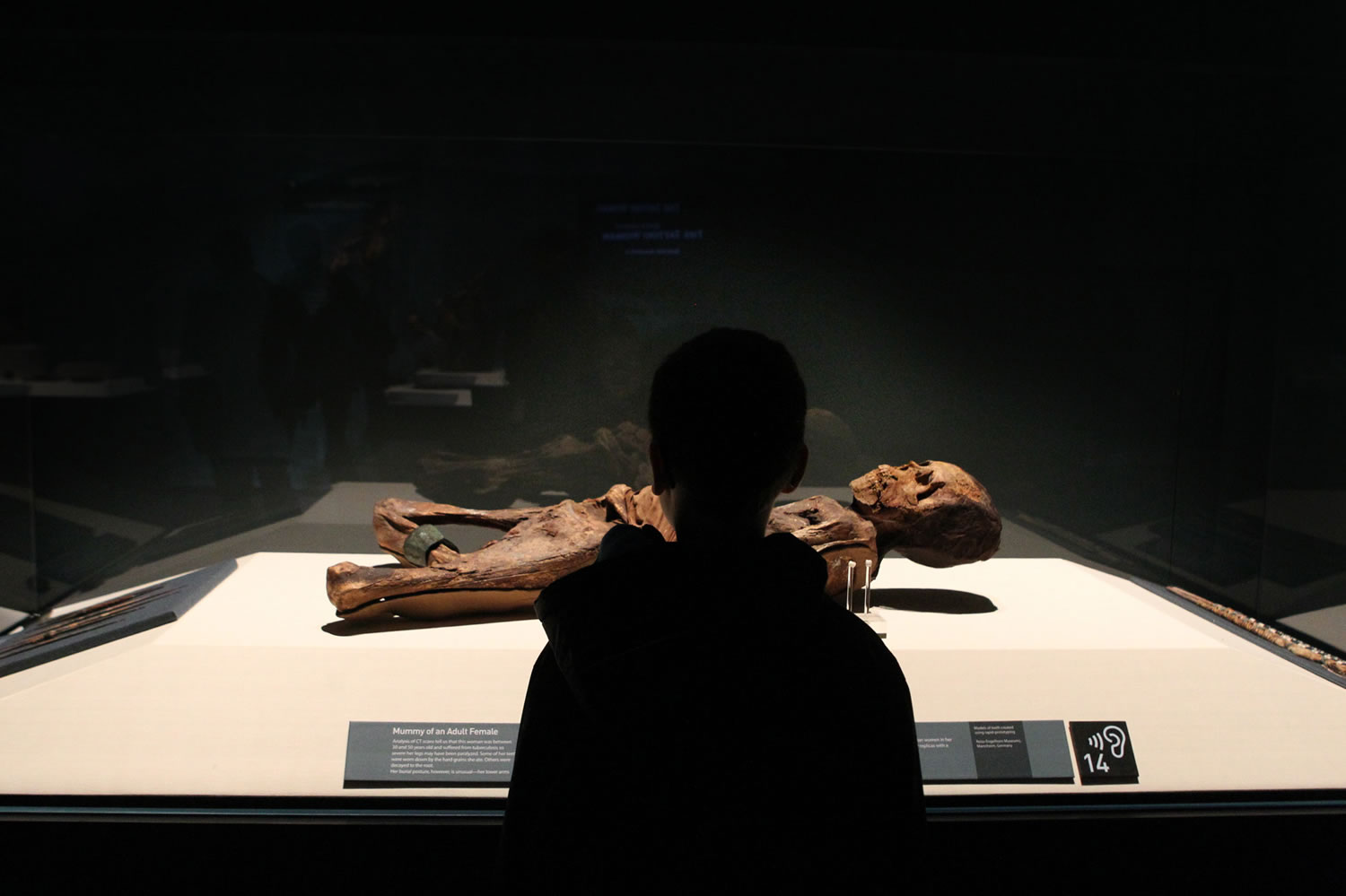If you go
o What: “Mummies of the World” (through Sept. 8).
o Where: Oregon Museum of Science and Industry, 1945 S.E. Water Ave., Portland.
o When: Monday-Thursday and Sunday, 9:30 a.m. to 7 p.m.; Friday- Saturday, 9:30 a.m. to 9 p.m.
o Cost: Adults (14 to 62), $21; seniors (63 and older) and students (14 and older with ID), $19; youth (3 to 13), $13. OMSI members (14 and older), $14; youth members (3 to 13) $10. Admission includes access to entire museum.




